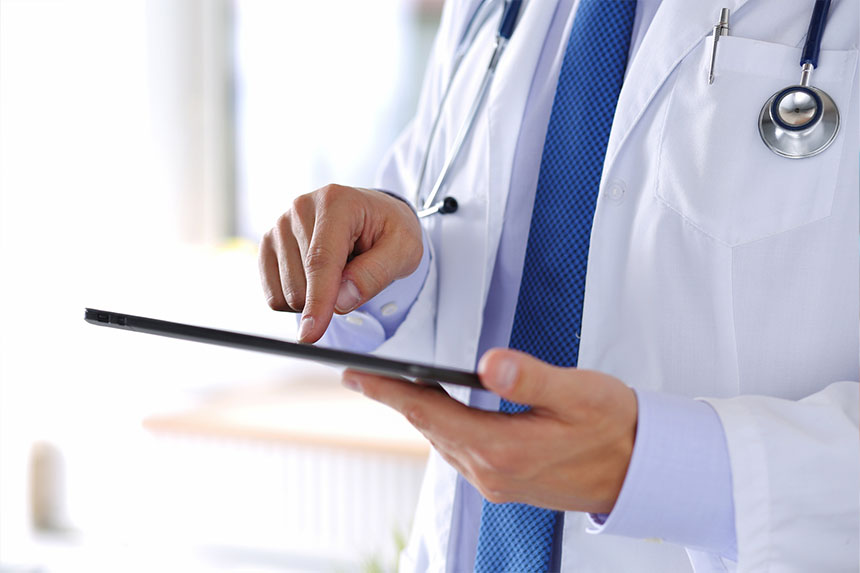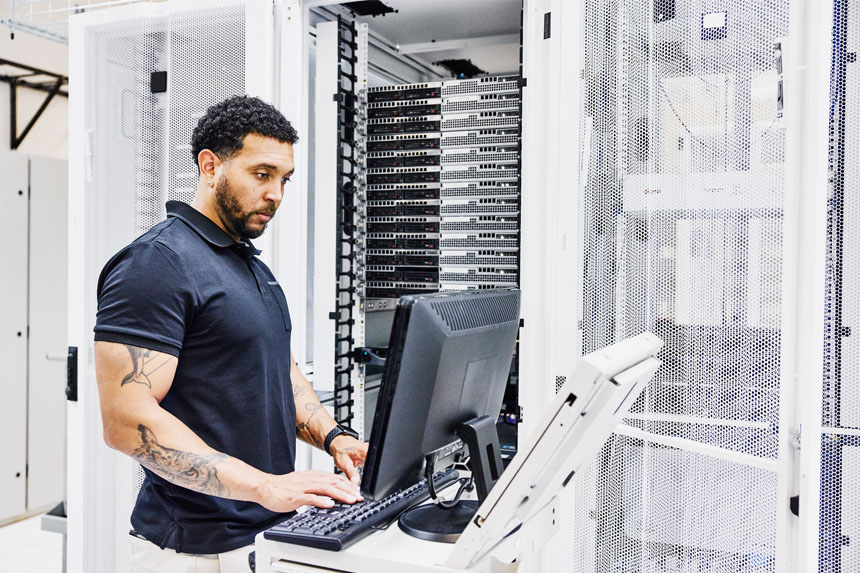By the end of 2023 the remote patient monitoring market is expected to earn more than $31.3 billion. This would be up from $15.8 billion in 2017, an increase of more than 97 percent.
Remote patient monitoring is the use of wireless technology by clinicians to track medical and health-related information from their patients. This helps physicians monitor and treat chronic illnesses such as diabetes, cardiovascular disease, and asthma. In leveraging remote monitoring technology, providers can improve clinical efficiency and drastically reduce care costs.
What is driving remote patient monitoring adoption?
Management of chronic illnesses accounted for more than 75 percent of healthcare costs in 2016, with chronic heart diseases, diabetes, and strokes named the leading global causes of mortality by the World Health Organization. Providers are leveraging remote monitoring technology to collect patient health information regularly without appointments and trips to a facility. This streamlined process allows clinicians to intervene early before patients experience life-threatening complications.
Remote monitoring is made possible through advances in technology, including the popularization of elective wellness trackers like FitBit and the Apple watch as well as medical devices like continuous glucose monitors and wireless ICDs. The growing elderly population is also contributing to the high demand for remote monitoring, as they are more likely to develop chronic illnesses and face barriers to care access. Standardized remote data sharing can improve care management and quality of life.
According to Definitive Healthcare’s hospital technology data, nearly 1,800 hospitals use mobile applications. Less than 25 percent of hospitals in the U.S. currently leverage mobile applications to monitor and interact with patients. In contrast, over 80 percent of hospitals — or more than 6,400 hospitals — report using patient portal software.
What do you need to implement remote patient monitoring?
Remote monitoring technology depends on a reliable and secure internet connection to transfer patient information from an implanted device to a physician’s smartphone. For many devices, including certain continuous glucose monitors, patients and physicians can access readings in real-time through a secure smartphone app. This empowers patients to take charge of their own health and allows physicians to catch potential issues before a major medical event.
Without reliable Wi-Fi or a 4G connection, there is no way for patient data to be transmitted to provider devices, meaning that patients would have to manually alert physicians of any changes or warning signs. If the wireless network is unreliable, like in many rural areas, there is a chance that data transfers will be interrupted and patient health could be put at risk. Leveraging remote patient monitoring effectively requires patient engagement, whether that is through a patient portal, over the phone, or using in-app messaging. This reduces the risk of important patient data going unnoticed, improving care management.
Cyber security is also a major concern for healthcare providers, who must abide by HIPAA data protections while attempting to access and transmit patient information. In 2016, healthcare data breaches affected over 27 million patient records, costing about $5.6 billion. Often, healthcare IT staff don’t recognize data breaches until months after the initial attack occurs, endangering the confidentiality of patient data for millions of Americans. Mobile devices are especially prone to cyber attacks unless proper encryption measures are taken to protect the information stored and shared through phones, iPads, and other portable technology.
Which providers are ready for remote patient monitoring?
Though remote patient monitoring can improve chronic care management, it is not a hands-off approach once the technology is set up. Monitoring systems are automated to track wellness information and transmit it, but physicians will have little to no control over the device outside of the initial programming. This means that patients and caregivers are accountable for managing and understanding the information gathered and following up with a care provider. Similarly, clinicians should be prepared to walk patients and at-home caregivers through the process of data collection and care management to prove the value in and optimize the use of a remote system.
All stakeholders in a remote management software should be trained in troubleshooting common problems, such as loss of internet access or mobile app response issues, including patients and caregivers. Before the adoption of remote monitoring, patients should also be educated on the security risks involved data sharing to reduce the likelihood of data breaches. To ensure patients and providers get the most value from remote monitoring, providers should offer support for patients who need to modify their treatment plans after a medical event. The goal with remote monitoring is to form a partnership between patients and care providers to improve care coordination, lower healthcare costs, and reduce mortality risks.
Data Breach Protection Software Vendors by Implementations
- FairWarning Technologies Inc: 311
- Microsoft Corporation: 210
- ID.me: 180
- Symantec: 48
- WinHasher: 44
- Wolters Kluwer Health: 41
- Imprivata: 38
- EMRConnect: 31
- VanDyke Software: 26
- Iatric Systems: 20
Fig 1 Data from Definitive Healthcare’s hospital technology platform. All hospital vendor information verified by in-house research team.
To learn more about the healthcare IT trends impacting the market, stream our webinar HIT Trends from the HIMSS19 Conference




